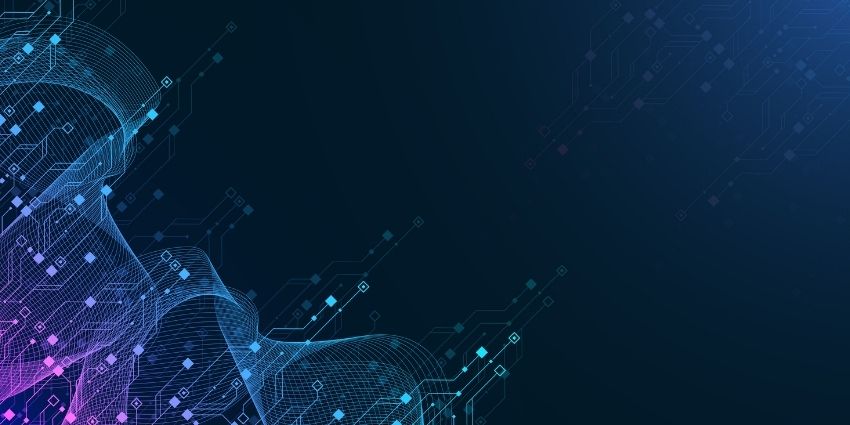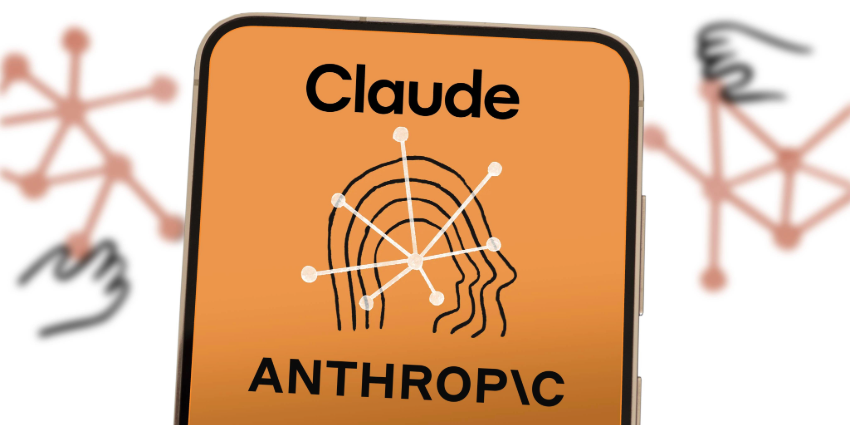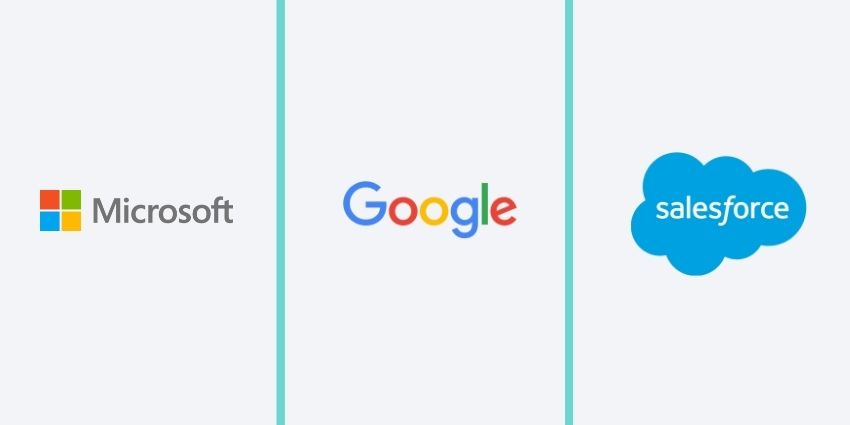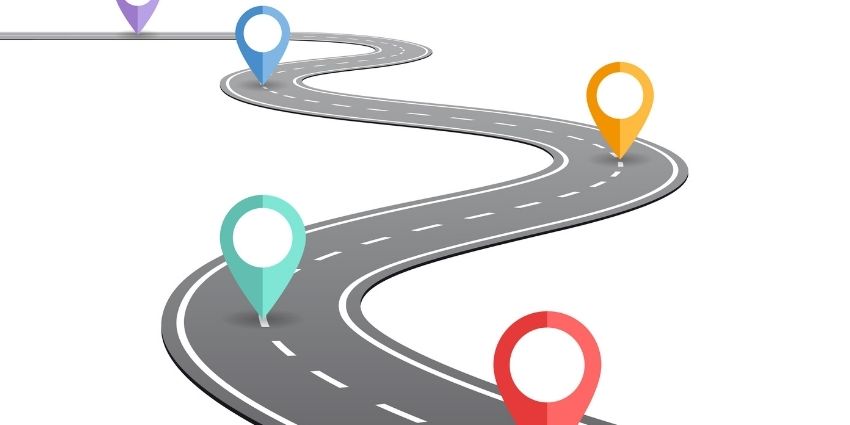Grok vs OpenAI, Google, Anthropic, Microsoft, and beyond – which is really the best AI for business use cases today? Ultimately, it’s hard to say, many of the top enterprise-focused AI solutions share similar capabilities and features. They can all write content, create code, automate tasks, and so on.
But each AI solution has its own unique selling point. Claude is the leading solution for responsible AI enthusiasts. Microsoft Copilot, Zoom AI Companion, and Google Gemini are all fantastic tools employees can access in their existing business apps, like Microsoft Teams or Google Docs. Alternatively, OpenAI’s ChatGPT is often considered the best general-purpose AI.
Grok AI, designed by xAI is the intelligent assistant with attitude – a versatile model that can instantly access X (previously Twitter) for real-time insights into trends, respond to prompts with humor and sarcasm, and highlight a brand’s personality. Here’s how it stacks up against the competition.
Grok vs OpenAI and Beyond: Factors to Consider
Before we take our deep dive into Grok vs OpenAI, Anthropic, Google, and Microsoft tools, let’s look at the key factors you should be considering when assessing AI apps. Companies can’t just choose the most “exciting” cutting-edge bot; they need to consider:
- Features: What can the AI do? Grok excels at things like analyzing real-time social media data and producing creative content. However, it can’t process images and audio yet (like Gemini or OpenAI). On the other hand, it can create images, unlike Anthropic’s Claude.
- Accuracy: Grok’s latest model (Grok-3) promises exceptional accuracy, but it is more likely to hallucinate and present social media opinions as facts. That’s particularly true when it’s used in “fun mode” to give humorous answers.
- Compliance: Grok faces more challenges than most other models when it comes to compliance. It can show bias, and even create images of real people, which raises concerns about deepfakes. It also doesn’t offer a lot of “control” options to business users.
- Pricing: Grok AI is available to all X users (with some limitations), but there are high costs to pay for unlimited access and API support. Still, most AI competitors follow a similar pricing structure.
- Ease of Use: Grok, like most AI models, is pretty easy to use but can be difficult to customize for enterprise use cases. You also don’t get the same tools for building custom GPTs and agents you’d get from Google, OpenAI, or Microsoft.
Grok vs OpenAI and More: Head to Head Comparison
The Grok vs OpenAI (and other models) debate is difficult because AI solutions are constantly evolving. For instance, Grok 2 fell behind models like GPT-4 and GPT-o1 from OpenAI in previous benchmark tests. Alternatively, the most recent model, Grok-3, outperformed GPT-o1 in math, science, and coding tasks. Still, we can gain a decent insight into how Grok compares to competitors for business use cases. Here’s what you need to know.
Grok vs OpenAI
Let’s start with perhaps the heaviest hitter in the AI space today: OpenAI. OpenAI definitely offers businesses a more versatile selection of AI tools to choose from.
GPT-4o is perfect for general-purpose tasks. It can understand and generate multimodal content, design code, search the web, and even conduct “deep research”. GPT-o1, on the other hand, delivers amazing deep-reasoning capabilities that are great for scientific research and planning.
Grok 2 failed to match GPT-4o in previous benchmark tests. However, recent tests have shown that Grok-3 performs better at math, science, and coding questions than even GPT-o1. Grok is also somewhat more creative – capable of producing in-depth insights and unique marketing materials – thanks to its playful personality.
However, ChatGPT often delivers more detailed and source-backed insights, while Grok relies heavily on “X” for up-to-date trend information. Grok is also slightly more likely to add “controversial” content into responses, which may not be ideal for some businesses.
Grok generally performs faster than ChatGPT, and it can be better at technical tasks (outperforming GPT-4 on AIME and LCB coding tests). However, OpenAI’s models can understand various types of input (like voice and images), while Grok-3 is limited to text. However, both can produce hyper-realistic images (OpenAI through Sora, and Grok through Aurora).
OpenAI also offers companies more security options (through Enterprise and Team plans with access controls), and allows users to create custom GPTs for specific tasks.
Grok vs Google Gemini
For companies in search of a general-purpose AI solution, the Grok vs OpenAI debate is usually the most common. However, if you’re looking for an AI system that embeds directly into the apps you use every day, you may want to consider Gemini.
Similar to OpenAI, Gemini offers access to various models tuned for different use cases, whereas Grok only offers a few models with most of the same capabilities. Gemini was also built to be multimodal from the ground up. It integrates with various other tools to allow users to create not just images but videos and other content, too.
Gemini is an excellent “productivity partner” for teams, working alongside employees in solutions like Google Docs, Sheets, and Gmail. Grok is intended more for creative work and research, but it can be integrated into business apps and draw data from different sources (like CRM platforms).
In terms of content creation, Gemini produces more polished content with more in-depth sources, but Grok creates more realistic images and more personality-driven text. Once again, Grok also falls behind Gemini in terms of customization options. Companies can experiment with Gemini models through Vertex AI and even create agentic AI systems, but Grok doesn’t offer those tools.
Still, Grok-3 does outperform Gemini in a lot of more complex tasks, like coding, and math-based questions (as mentioned above). It can also be a little more versatile, responding to a wider range of queries and requests (even those considered controversial), while Gemini adheres to strict guardrails.
Grok vs Anthropic Claude
Forget Grok vs OpenAI, if your priority is “responsible” AI models – you’ll want to focus on Anthropic’s Claude. For business users, Claude offers a lot of benefits. It focuses on helpfulness and safety, and is less likely to respond to dangerous requests than Grok.
From a security perspective, Claude also implements strict policies to avoid using personal data and is very transparent about how it uses data. Grok, on the other hand, has faced a lot of backlash for using personal data in training (particularly content from X).
It’s also brilliant at handling long-form content. Claude can process up to 200k tokens in a single prompt and has a maximum output of 40k. In comparison, Grok supports an input window of 128k tokens and an output window of 32k.
Both Grok and Anthropic’s Claude excel at complex reasoning tasks, Claude with the 3.7 Sonnet model and Grok with Grok-3. They’re also both excellent for coding, scoring incredibly high on tests for tasks related to programming and debugging.
Grok is definitely more creative than Claude, however. Not only can it create content with more humor and sarcasm, but it can produce highly realistic images, whereas Claude doesn’t have an image generation function yet. Grok can also access the internet, whereas Claude relies on historical data.
On the other hand, both solutions can be used to build custom bots, but Claude’s APIs are a little more flexible than Grok’s at the moment.
Grok vs Microsoft Copilot
Finally, Microsoft Copilot shares many similarities with Google Gemini and OpenAI’s ChatGPT. It draws on many of the same models that power ChatGPT. Plus, just like Google Gemini, Copilot comes built into most of Microsoft’s tools, from Teams to Outlook.
Copilot is great for collaborative teams, thanks to its deep integrations with the Microsoft ecosystem. It can also access the internet in real-time (like Grok), and draw on proprietary data from Microsoft Graph. On top of that, Microsoft Copilot is a more secure model, and companies can even implement access controls and guardrails to protect against potential issues.
Copilot is fantastic for workflow automation too – as it works with Power Automate and Power Apps. It also offers companies a lot more customization options. Businesses can create custom Copilots with Copilot Studio, or experiment with agentic AI. Plus, there are various versions of Copilot available, like Copilot for Sales, Service, and Security Teams.
Grok still has an edge over Copilot in terms of overall creativity. Plus, since it out-performs GPT-o1 in advanced tasks, it’s better than Copilot at things like math and science. Additionally, Copilot can be a little more expensive to access than Grok, regardless of whether you’re working with APIs or using a Microsoft plan.
Grok vs OpenAI and Competitors: Which is Best?
Ultimately, there’s no one-size-fits-all strategy for choosing the best AI solution for your team. Grok is a great solution if you’re looking for a comprehensive bot that can excel at complex tasks like math and coding. It’s also fantastic for marketing teams who want to dive into the latest social media trends and generate more witty, unique content.
However, it lags behind many other AI solutions in terms of security and compliance features, customization options, and multimodal input management. If you’re still not sure which option to choose, we recommend testing a couple of models out for yourself (most have free versions).








